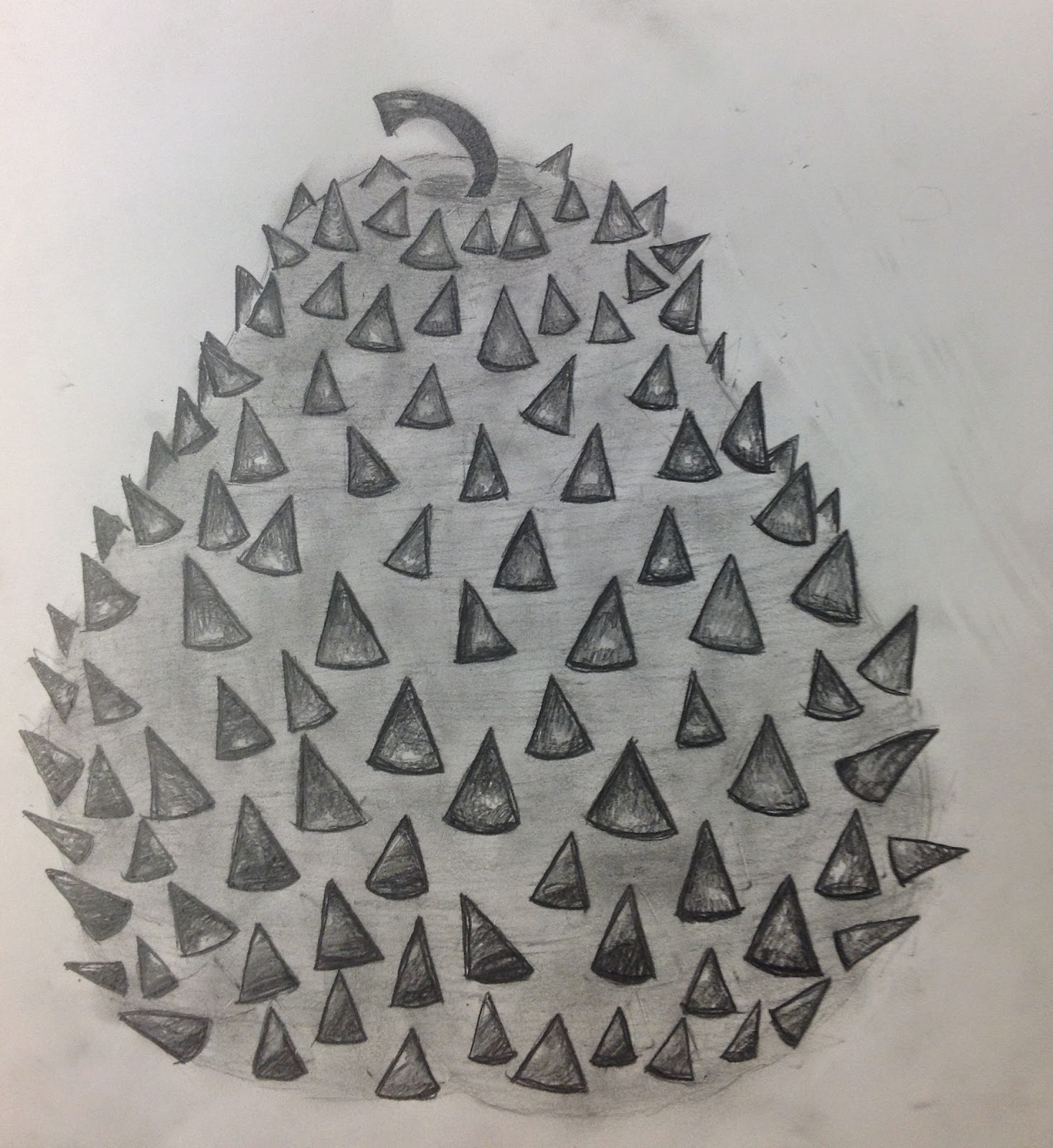When it comes to creating a visually appealing drawing, texture plays a crucial role in adding depth and interest to the artwork. Texture refers to the surface quality of an object, whether it is rough, smooth, soft, or hard. By incorporating different textures into a drawing, an artist can evoke a variety of emotions and create a more dynamic composition.
Texture can be achieved through various techniques such as shading, hatching, or stippling. Each method adds a different level of texture to the drawing, allowing the artist to convey a sense of realism or abstraction depending on their desired outcome.
Texture in a Drawing
One of the key benefits of incorporating texture into a drawing is the ability to create a sense of tactile quality. By using different shading techniques, an artist can make the viewer feel as though they can reach out and touch the objects depicted in the artwork. This adds a level of engagement and realism that enhances the overall impact of the drawing.
Furthermore, texture can be used to convey emotions and moods in a drawing. For example, rough textures may evoke feelings of tension or chaos, while smooth textures can create a sense of calm and tranquility. By strategically incorporating different textures, an artist can guide the viewer’s interpretation of the artwork and evoke a specific emotional response.
Another advantage of using texture in a drawing is the ability to create visual interest and contrast. By juxtaposing different textures within the composition, an artist can draw the viewer’s eye to specific areas of the drawing and create a sense of movement and flow. This helps to keep the viewer engaged and adds a dynamic element to the artwork.
In conclusion, texture is a vital component of creating a compelling and visually appealing drawing. By experimenting with different shading techniques and textures, an artist can enhance the depth, realism, and emotional impact of their artwork. Whether aiming for a realistic representation or a more abstract interpretation, texture plays a critical role in elevating the overall quality of a drawing.
